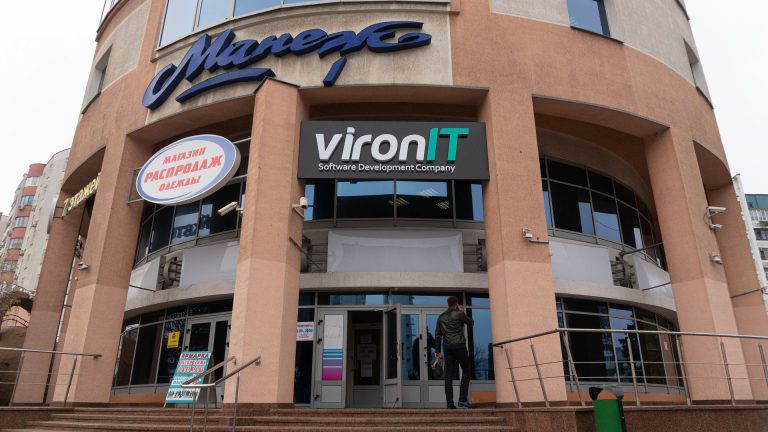VironIT on Sidestepping Challenges of Working From Home With AR Automation

The pandemic has been a game changer that resulted in an economic downturn, the closure of many brick-and-mortar businesses and a massive shift in the number of employees working remotely. Thirty-five percent of employees worked from home at the pandemic’s height in May 2020, throwing facets of office work into chaos due to the lack of communication and in-person collaboration.
One department that faced challenges in moving operations remotely was accounts receivable (AR), with the need for proper infrastructure and accounting software resulting in payments delays and errors for many companies. This had devastating effects on downstream processes such as payroll or vendor payments. Some companies managed to deploy AR automation to reduce the impact on their accounting processes, including software development company VironIT.
PYMNTS recently spoke with VironIT’s co-owner, Alexey Grakov, about the pandemic’s effects on AR processes and how the company leveraged AR automation to keep its accounting as fast and accurate as possible amid the vastly changed business environment.
AR Hurdles Introduced by the Pandemic
Both customers and employees working from home created the biggest challenge brought on by the pandemic, according to Grakov. This was a new experience for many companies, resulting in communications challenges, accountability issues and a host of other obstacles of which organizations were completely unaware when employees had easy access to one another in the office.
“In the beginning, it was a bit frightening because we were unaware [of] what to expect,” he said. “Many businesses started to close or postpone projects. Our team started to work from home; that was a big challenge for all of us.”
Fortunately, VironIT’s clients largely relied on digital payments, meaning transactions were rarely delayed. This allowed VironIT to sidestep potential cash flow issues. Its AR department experienced the occasional hiccup due to technical challenges, however, but was able to recover quickly.
“For us, delayed payments wasn’t a big issue because most of our customers we work with have online banking and never used paper checks or cash,” said Grakov. “We’ve had more issues with working from home, when someone was left out of the internet or occasionally blacked out, but it was only in the beginning. After several months, it turned out that the team became even more productive.”
A key driver of this improved remote work efficiency was the company’s automated AR system, which allowed AR team members to perform at near-peak efficiency even when potentially separated by thousands of miles.
Leveraging Automated AR to Boost Accounting Efficiencies
Leveraging AR automation can generate invoices for customers automatically, saving significant time and energy for accounting staff. This proved especially useful in the remote work environment for VironIT, immensely reducing the amount of time it took to create invoices.
“Our invoices are created automatically, and we spend less than one hour on an invoice when it was 10 hours or so before we introduced AR automation,” said Grakov. “Now, our customers get invoices on time and, if they have any questions, they have more time to sort things out compared to when the invoice was delayed, and we urgently needed it to be paid.”
This type of time savings is possible only in the digital environment, however. Businesses that rely on paper-based payments could face significant delays, according to Grakov, due to the potential for error and tedium that comes with manually processing customer transactions.
“It is easy to imagine how time-consuming it could be: opening envelopes, scanning, data entry, double-checking the data, [passing] the invoice through the workflow [to ensure] that everything is accurate,” he explained. “[It is] tons of time wasted that the accounting team could spend on something more smart.”
Both AR automation and digitized payments are a necessity for businesses to be able to operate successfully from home. Worldwide, some businesses have shifted permanently to a remote work model, and their accounting processes will need to be updated if they wish to avoid delays or errors.
